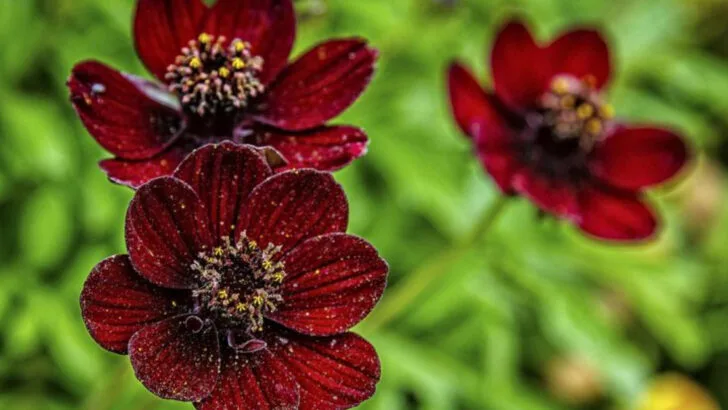Some flowers save their best for after sunset. While most blooms flaunt their beauty during the day, these 18 nighttime charmers release their strongest, sweetest scents after dark. If your garden feels a little quiet come evening, these flowers will change everything.
At Plantisima, we believe a garden should delight all your senses—even at night. Whether you’re enjoying a warm summer evening on the patio or just passing by an open window, these fragrant night bloomers create a magical, spa-like atmosphere with zero effort from you after planting.
From exotic vines to classic cottage blooms, these flowers are surprisingly easy to grow—even if you’re short on time or experience. Ready to transform your garden into a nighttime oasis? These picks smell heavenly and know exactly when to perform.
Evening Primrose
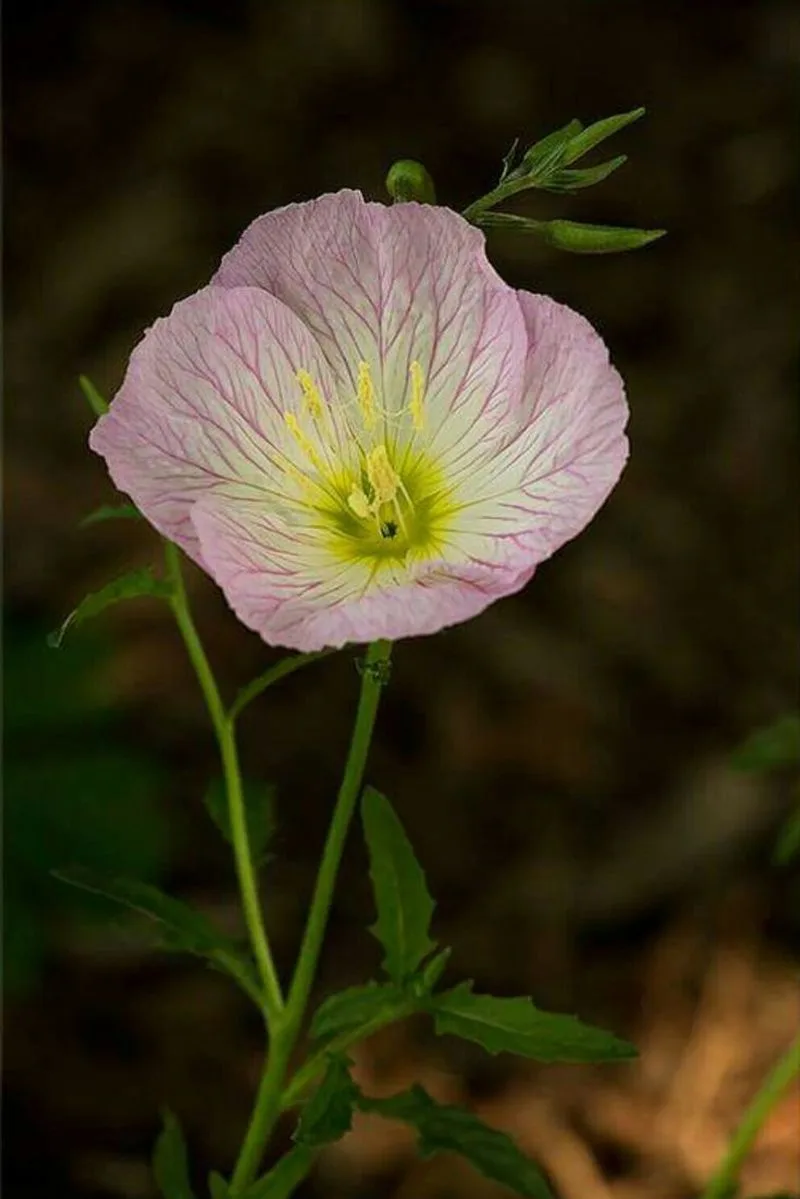
Evening Primrose is a night owl, unfurling its petals as dusk approaches. This flower is best known for its lemony scent that permeates the night air. It adapts well to various soil types but prefers well-drained conditions. A sunny spot during the day ensures its growth, while night brings out its true fragrance. Regular watering keeps it thriving, but be cautious of overwatering. Did you know it’s also used in herbal remedies? This blend of beauty and utility makes it a garden favorite.
Night-Blooming Jasmine
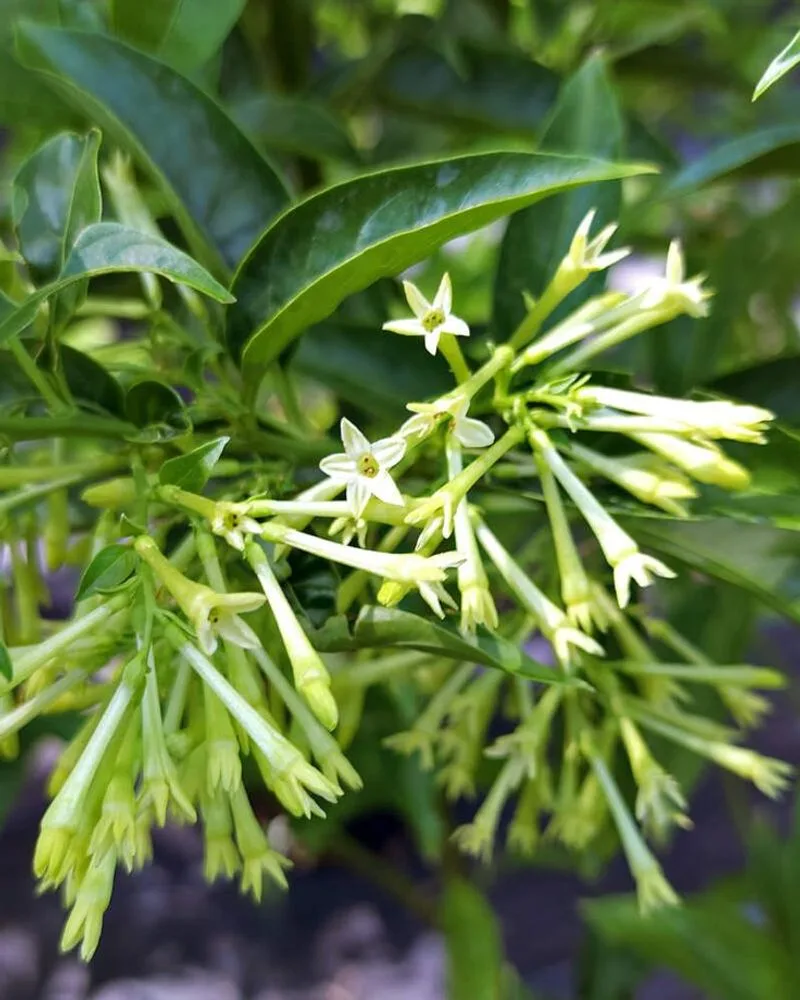
Night-Blooming Jasmine, a fragrance powerhouse, comes alive after sunset. Its small, tubular flowers might deceive you with their size, but the scent is undeniably potent. Originating from the West Indies, it loves warm climates and well-drained soil. Place it where it can bask in the sun by day. Its heady aroma can fill an entire garden, making it a perfect plant for evening gatherings. Interesting tidbit: it’s not a true jasmine!
Moonflower
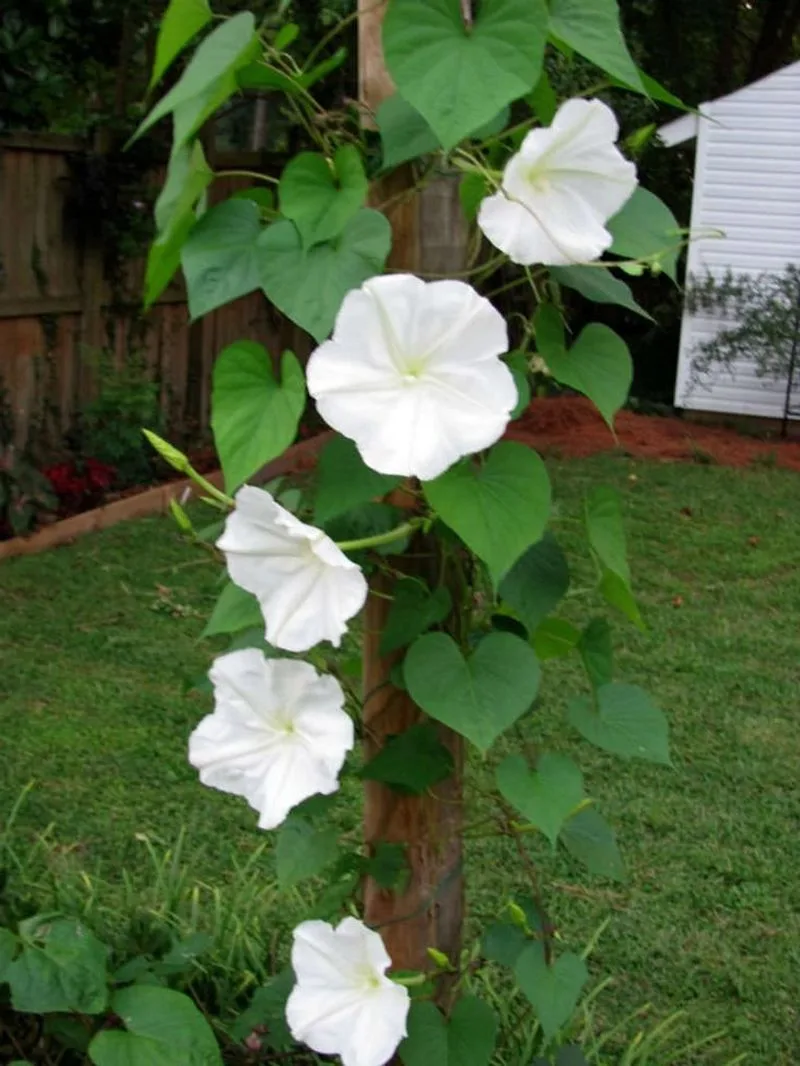
Gazing at a Moonflower in full bloom is like witnessing a night-time spectacle. As darkness falls, its large, white flowers open, releasing a sweet scent that attracts moths. This climber loves tropical climates and thrives with regular watering and full sun exposure during daylight. The rapid growth of its vines means it can quickly cover trellises or fences. Fun fact: each bloom lasts just one night, making it a fleeting beauty worth waiting for.
Tuberose
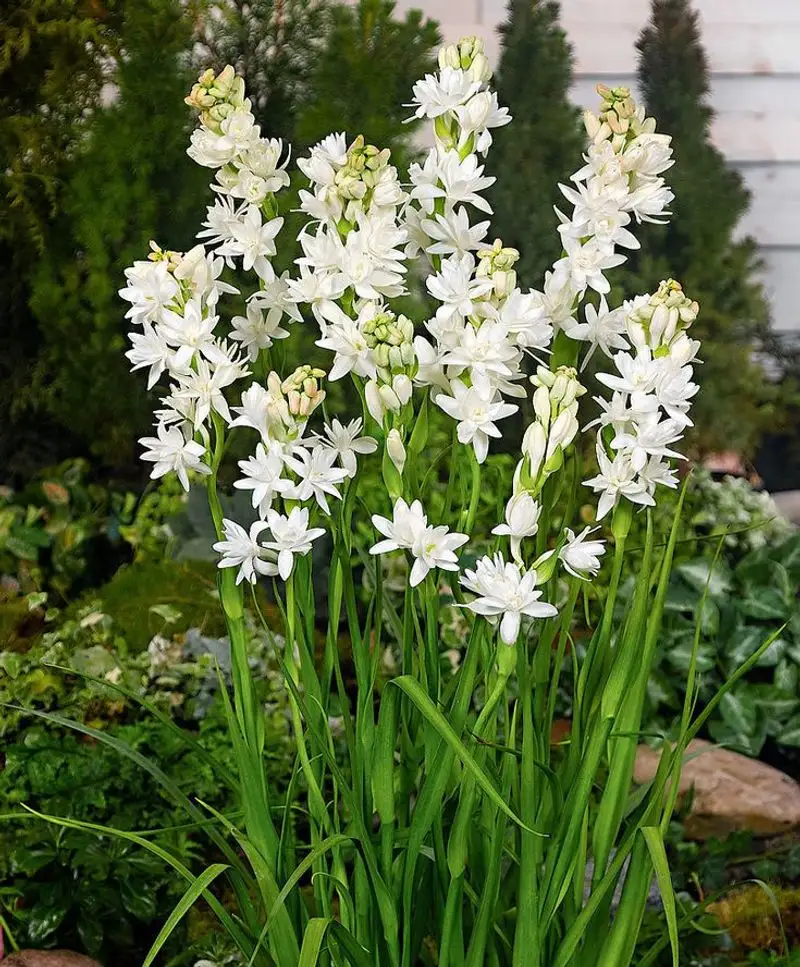
Tuberose is synonymous with luxury, its fragrance considered among the most intense in the floral world. The flowers bloom on long spikes, and as twilight descends, their scent intensifies. Originating from Mexico, they thrive in sunny spots with rich, well-drained soil. Patience is key, as they often take a year to bloom after planting. Fun fact: Tuberose is a popular choice in perfumery, symbolizing forbidden pleasures and seduction.
Four O’Clocks
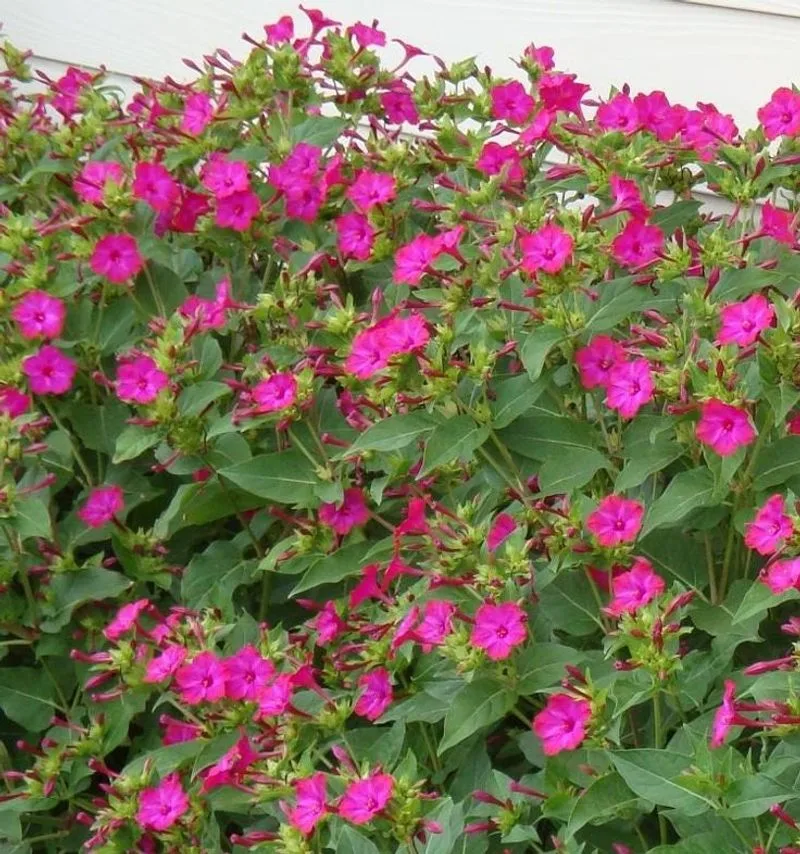
Four O’Clocks are named for their punctual blooming time, unfurling their petals in the late afternoon. Their varied colors make them a visually appealing choice for any garden. These flowers thrive in well-drained soil and love sunny locations. Their adaptability means they can grow in many climates, but they flourish in warm environments. Interestingly, their colors can change from day to day, adding an element of surprise to your garden.
Angel’s Trumpet
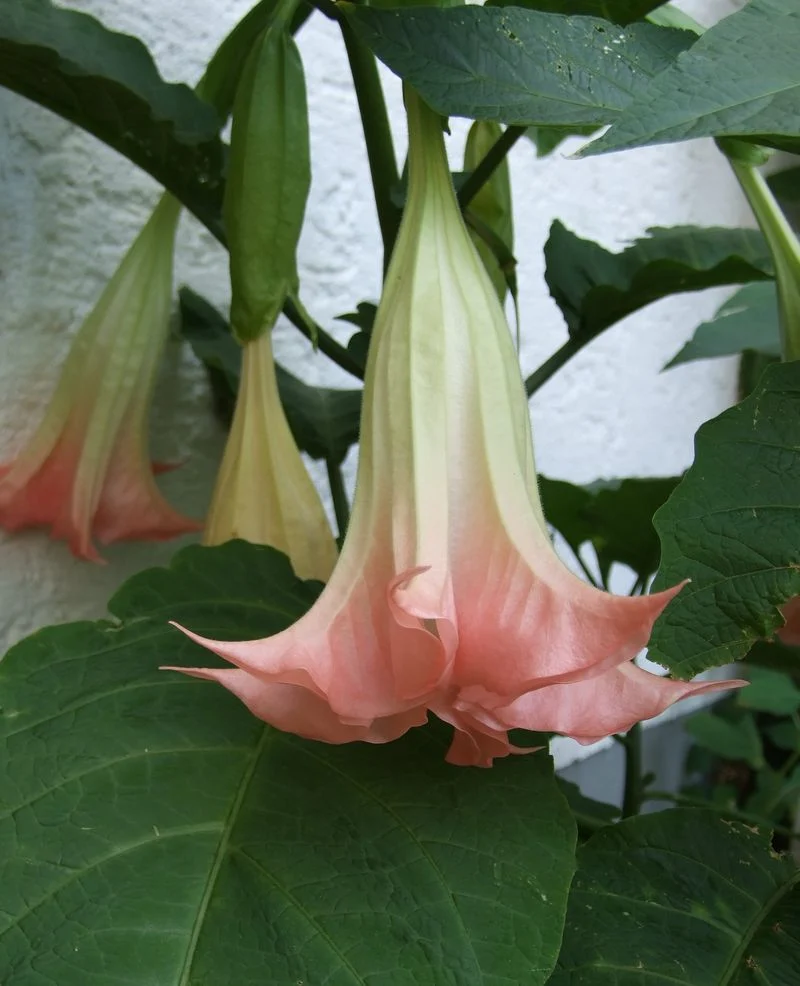
With its large, pendulous blooms, Angel’s Trumpet is hard to miss. As evening approaches, it releases a fragrance that is both alluring and intoxicating. This tropical beauty prefers a sunny location with rich, moist soil. It’s crucial to handle with care, as all parts are toxic if ingested. Despite this, it remains a popular ornamental plant for its dramatic flowers and captivating scent. A garden with Angel’s Trumpet is sure to leave an impression.
Sweet Alyssum
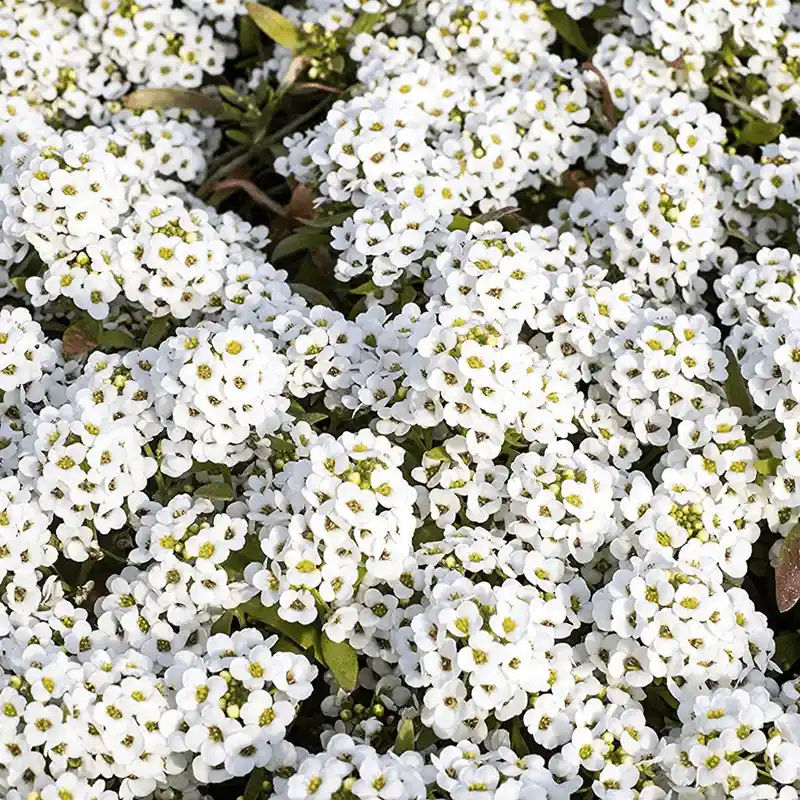
Sweet Alyssum is like a breath of fresh air, with its honey-like aroma wafting through gardens in the evening. This low-growing plant forms a carpet of tiny blooms, perfect for edging or filling spaces between taller plants. It thrives in well-drained soil and full sun but can adapt to partial shade. Its ability to attract pollinators makes it a valuable addition to any garden ecosystem. Plus, its resilience allows it to grow in various climates.
Honeysuckle
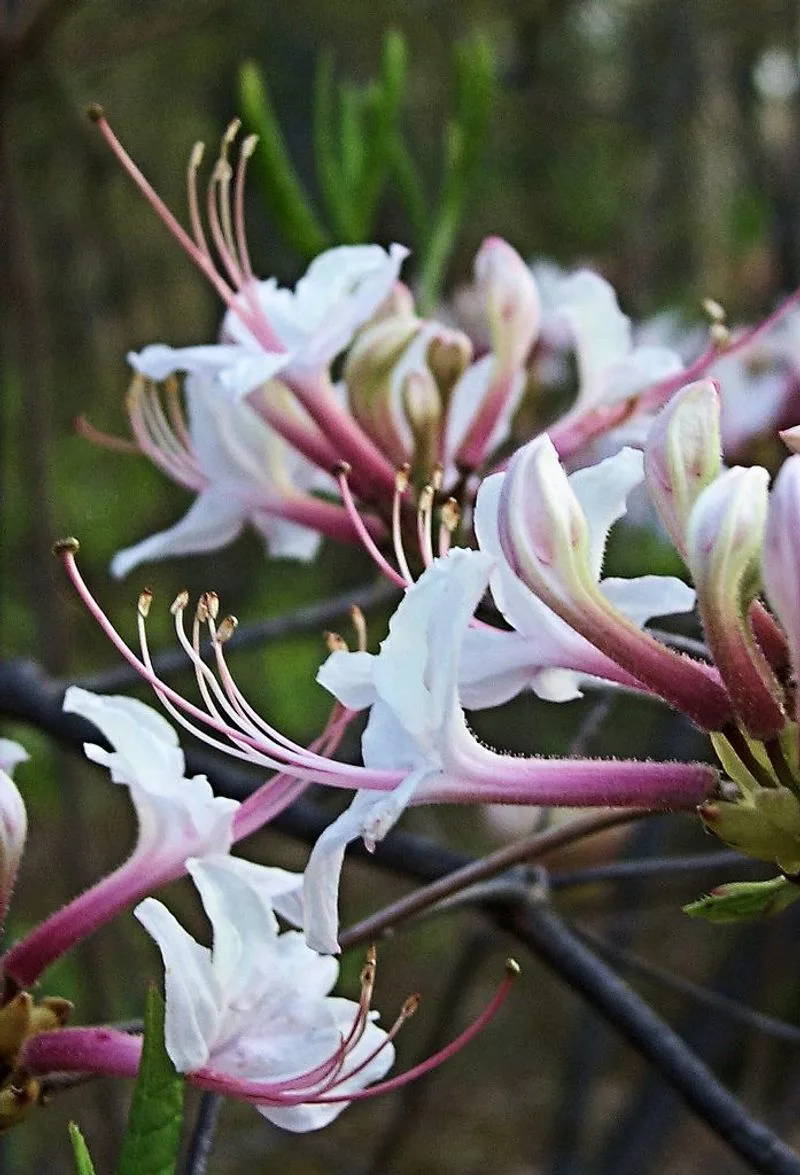
Honeysuckle is a classic garden favorite, known for its sweet nectar and enchanting aroma. Its tubular flowers are magnets for evening pollinators, especially moths and hummingbirds. This hardy plant thrives in well-drained soil and enjoys a mix of sun and shade. Its vigorous growth pattern makes it ideal for trellises and fences. Did you know there are over 180 species of Honeysuckle? Each variety brings its own charm to gardens worldwide.
Casa Blanca Lily
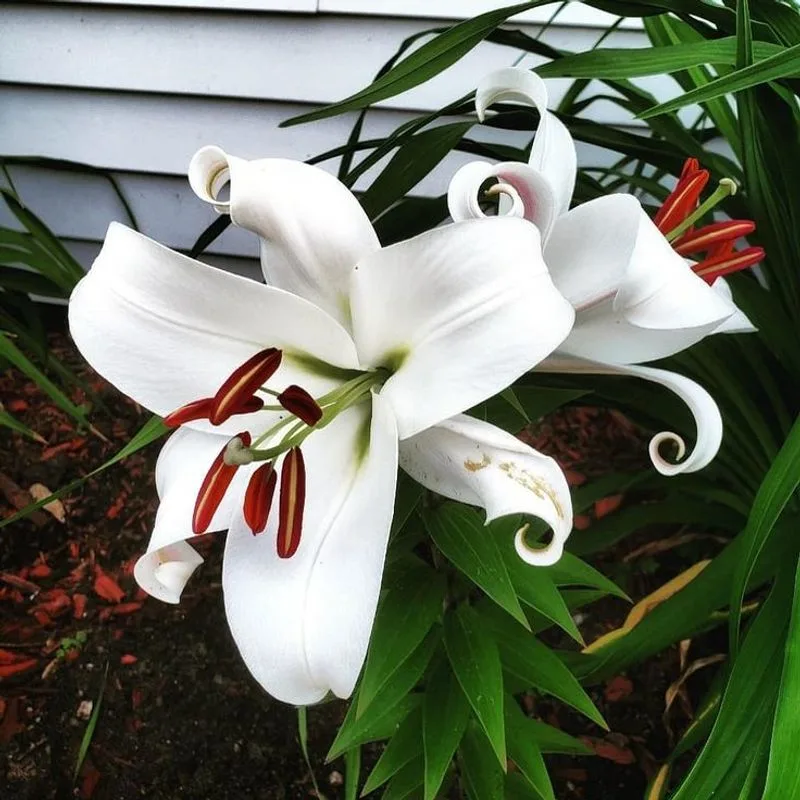
Casa Blanca Lily is elegance personified, its large, white blooms standing out in any garden. Known for its intense fragrance, it captivates the senses as night falls. This lily prefers rich, well-drained soil and a spot that gets morning sun but is protected from harsh afternoon rays. It’s a favorite in bridal bouquets, symbolizing purity and refined beauty. Fun fact: this lily is native to Japan, where it’s celebrated for its pristine blooms.
Nicotine Plant
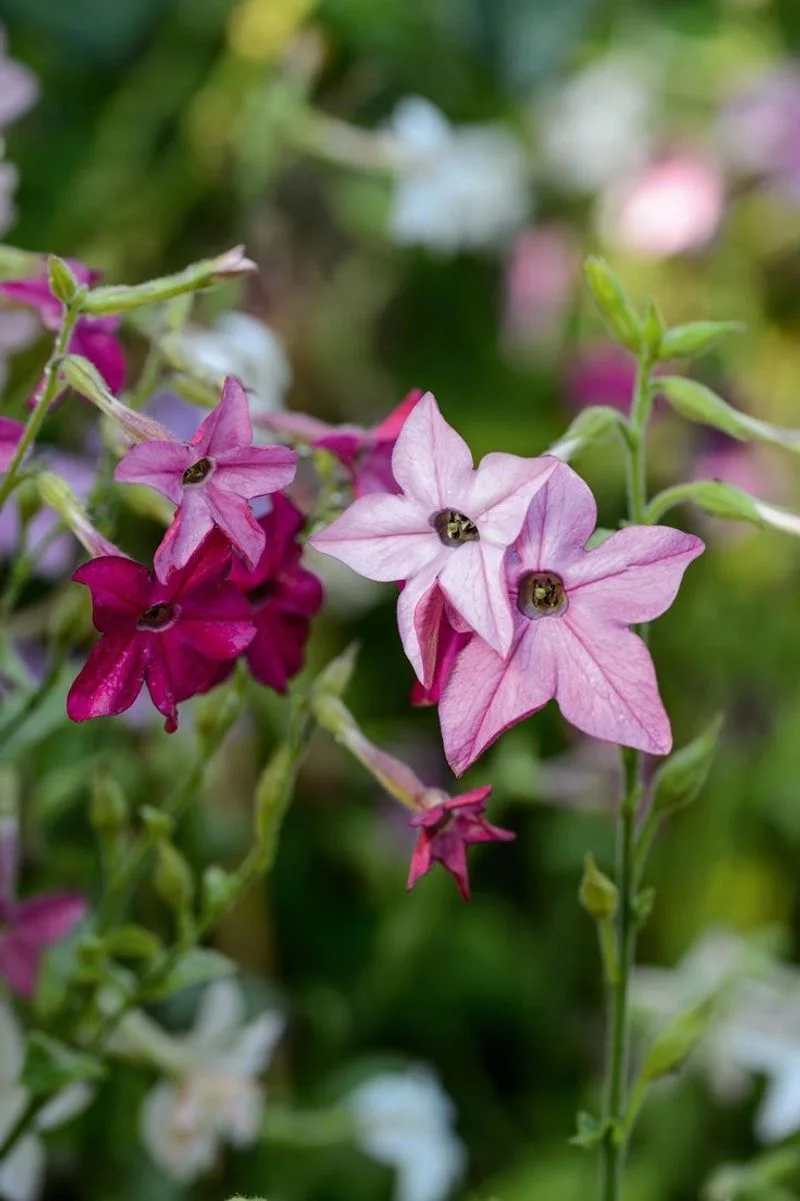
The Nicotine Plant, despite its name, offers a gentle floral scent that surprises many. Its star-shaped flowers open in the evening, releasing fragrance into the cool night air. Thriving in sunny spots with well-drained soil, it brings a touch of whimsy to gardens. Interestingly, it shares its genus with tobacco plants but is grown purely for ornamental purposes. This plant’s unexpected charm and easy care make it a delightful addition to any garden.
Gardenia
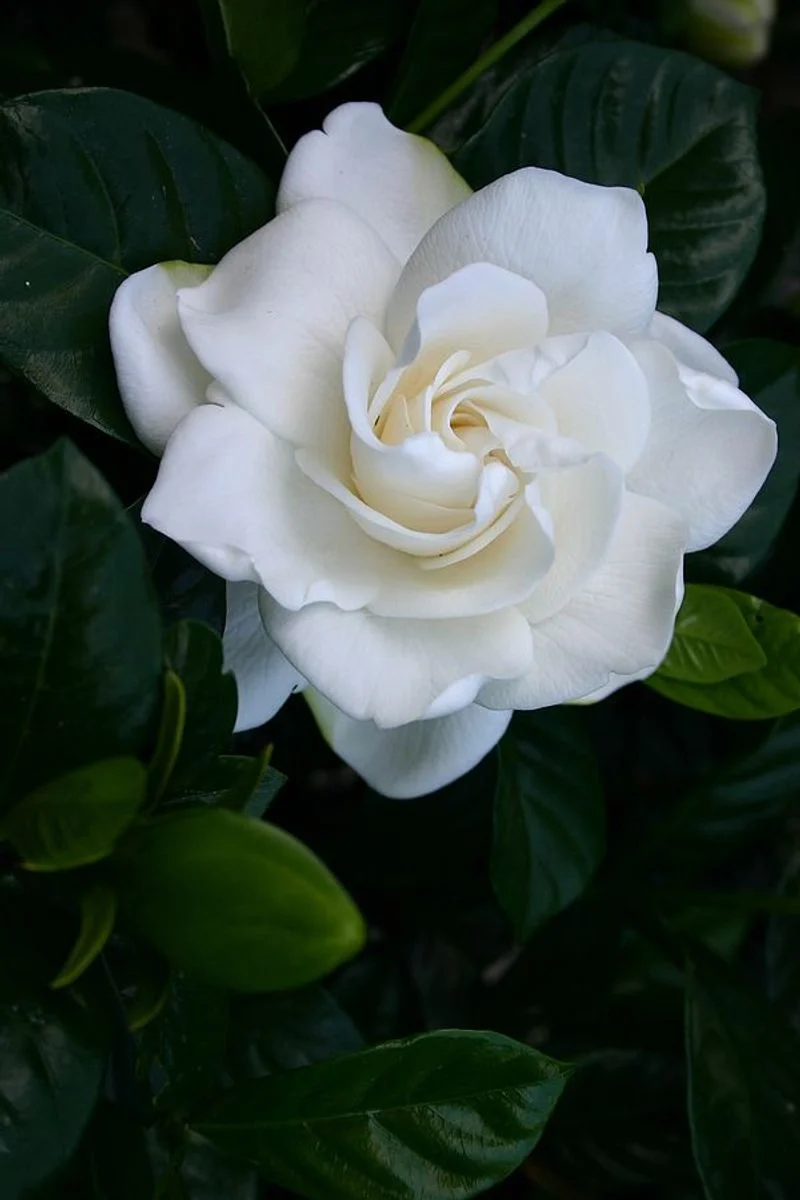
Gardenias are often associated with romance, thanks to their creamy white blooms and intoxicating scent. As evening nears, their fragrance becomes more pronounced, enveloping gardens in a rich aroma. They prefer acidic, well-drained soil and thrive in humid conditions with partial sunlight. A bit of extra care in watering and feeding ensures their health and beauty. Interestingly, Gardenias are native to tropical and subtropical regions of Africa, Asia, and Oceania.
Night Phlox
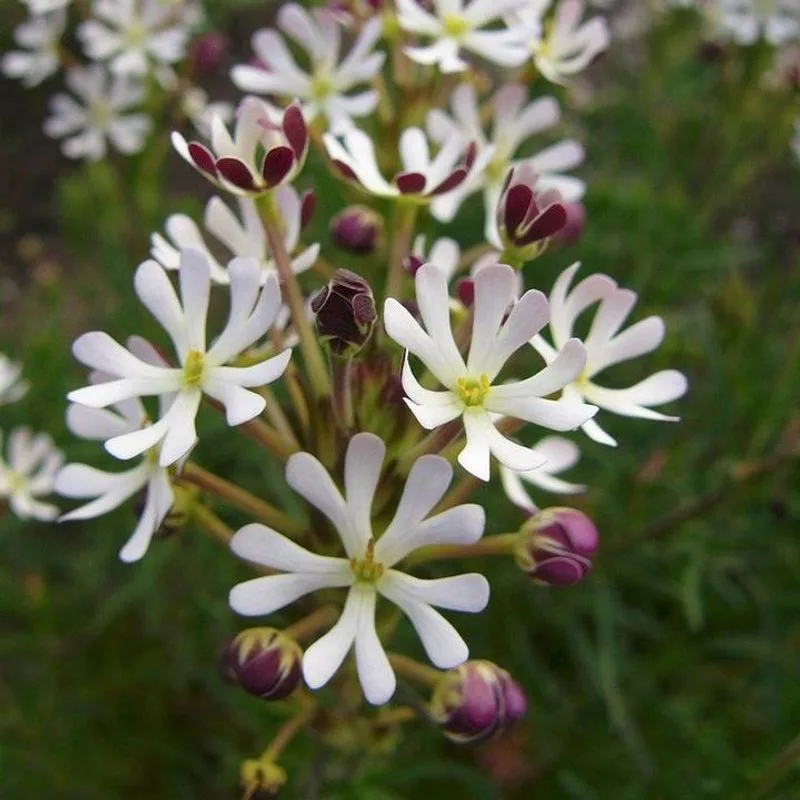
Night Phlox, also known as Midnight Candy, lives up to its name with a scent reminiscent of vanilla and honey. As darkness falls, its small, starry flowers open wide. This South African native prefers sunny locations with well-drained soil. Its compact growth makes it ideal for borders or pots. The delightful fragrance and easy maintenance make it a favorite among gardeners looking for night-time charm. Plus, it attracts night pollinators like moths and beetles.
Japanese Wisteria
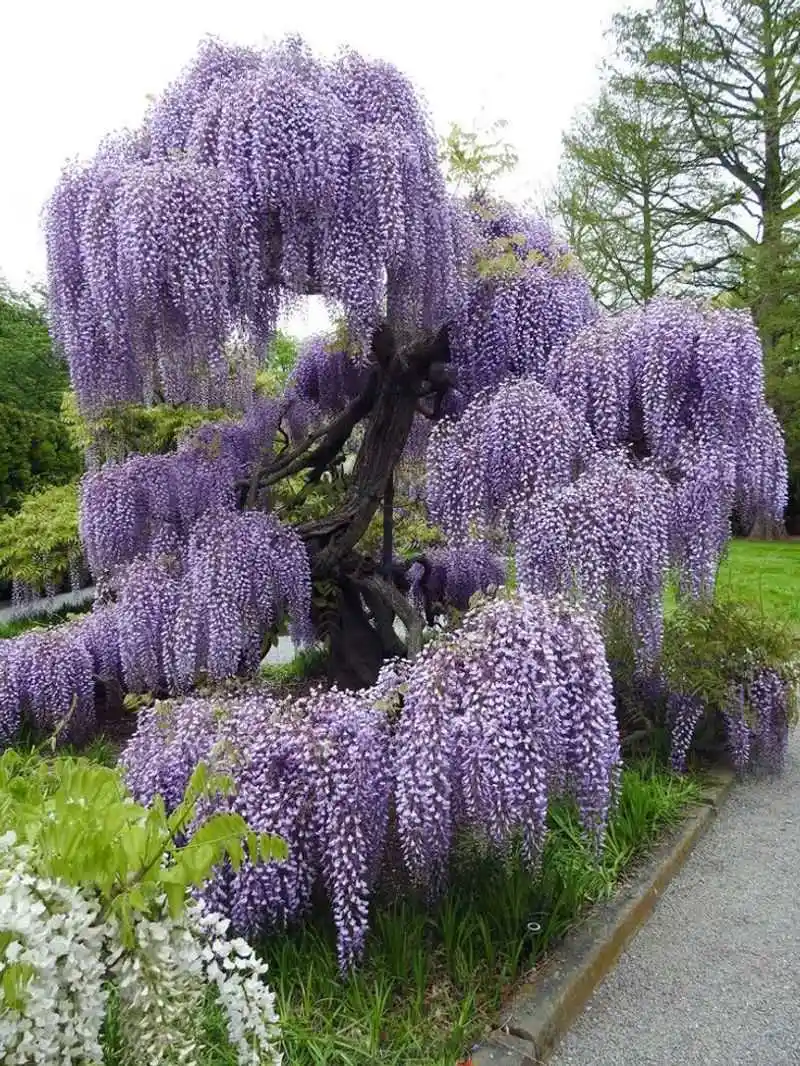
Japanese Wisteria is renowned for its striking violet flowers that hang in clusters. At night, they release a subtle yet captivating scent. This vigorous climber thrives in full sun and well-drained soil, often needing sturdy support as it grows. Its beauty is matched by its resilience, making it a long-lasting addition to gardens. Did you know it’s often used in bonsai art for its dramatic flowering? This plant adds both structure and fragrance to any space.
Queen of the Night Cactus
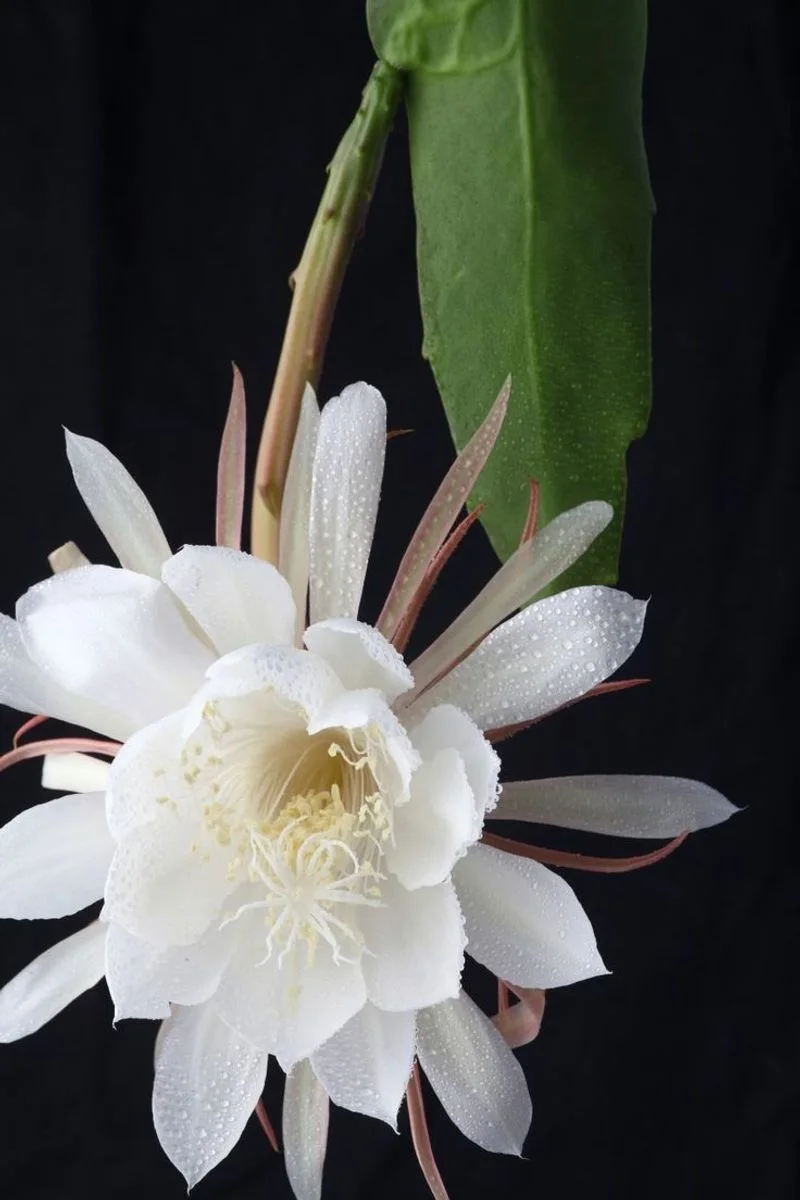
The Queen of the Night Cactus is a spectacle of nature, with its large, fragrant blooms opening only at night. This cactus thrives in warm, dry conditions, requiring minimal water and a sunny location. Each blossom lasts just a single night, creating a sense of anticipation and excitement. Originating from Central America, it’s often called the ‘orchid cactus’ due to its intricate flowers. This plant’s dramatic presence and unique blooming habit make it a garden showstopper.
Brugmansia
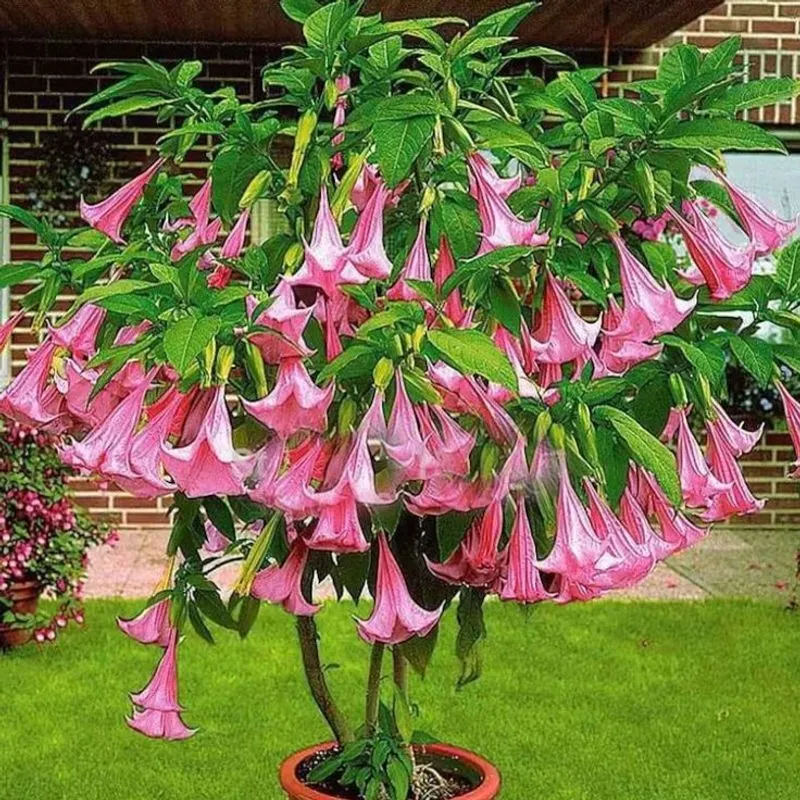
Brugmansia, also known as Angel’s Trumpet, is famed for its large, fragrant flowers that hang like trumpets from its branches. The scent intensifies as evening approaches, adding a tropical touch to gardens. It thrives in warm climates with full sun and rich, well-drained soil. All parts are toxic, so caution is needed in handling. Despite this, its stunning flowers and enchanting scent make it a popular choice for gardeners seeking drama and fragrance.
Chocolate Cosmos
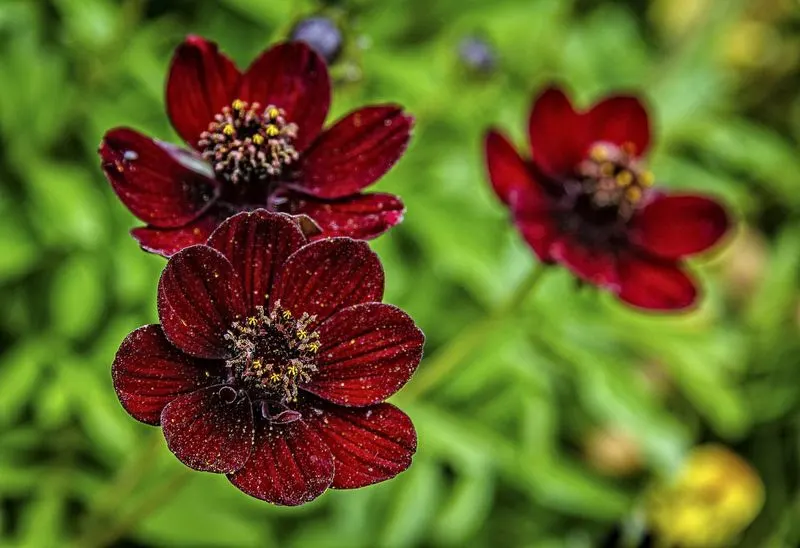
Chocolate Cosmos intrigues not only with its unique color but also with a scent akin to vanilla and chocolate. As night falls, its deep maroon flowers release a subtle fragrance that captivates. Originally from Mexico, this plant thrives in sunny conditions with well-drained soil. Despite its delicate appearance, it’s surprisingly robust and easy to maintain. A quirky fact: it’s named for its distinct color and scent, making it a delightful addition to any flower collection.
Jasmine Sambac
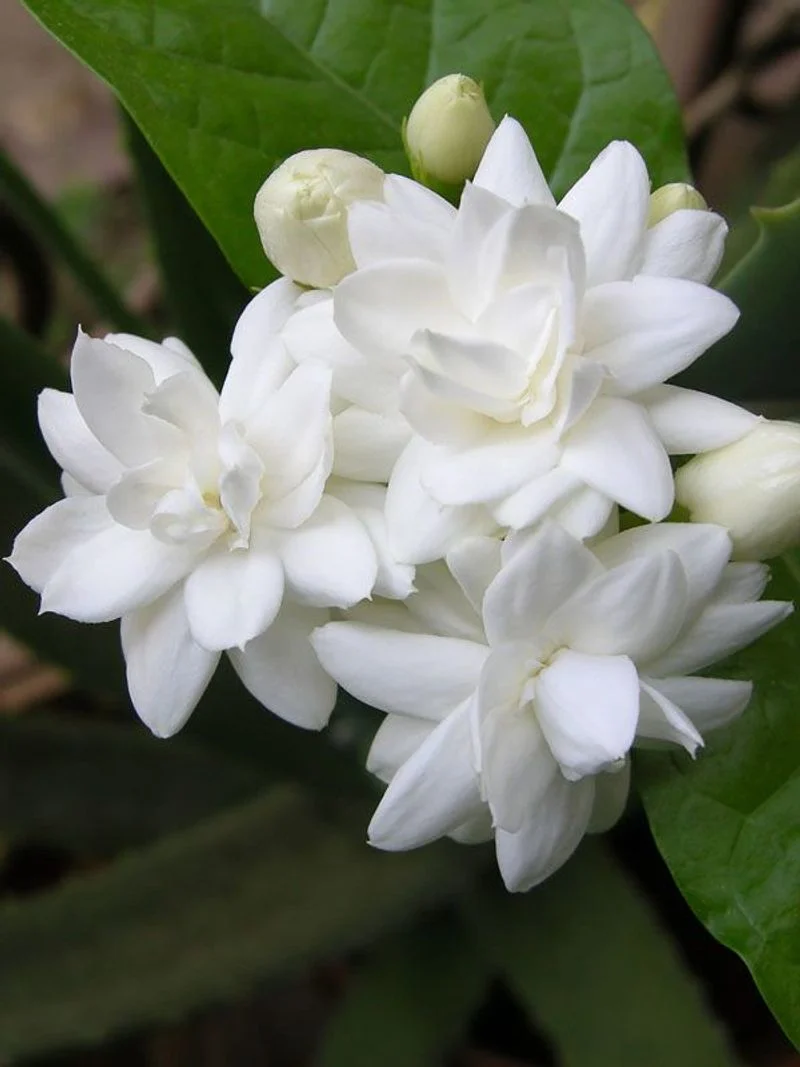
Jasmine Sambac, often associated with its intoxicating aroma, is a favorite in perfumery and teas. As evening descends, its small, white flowers release a scent that’s both sweet and heady. Native to Southeast Asia, it thrives in warm, humid conditions with ample sunlight. Prized for its continuous blooming cycle, it adds an exotic touch to gardens. Fun fact: it’s the national flower of the Philippines, symbolizing purity and simplicity.
Cereus
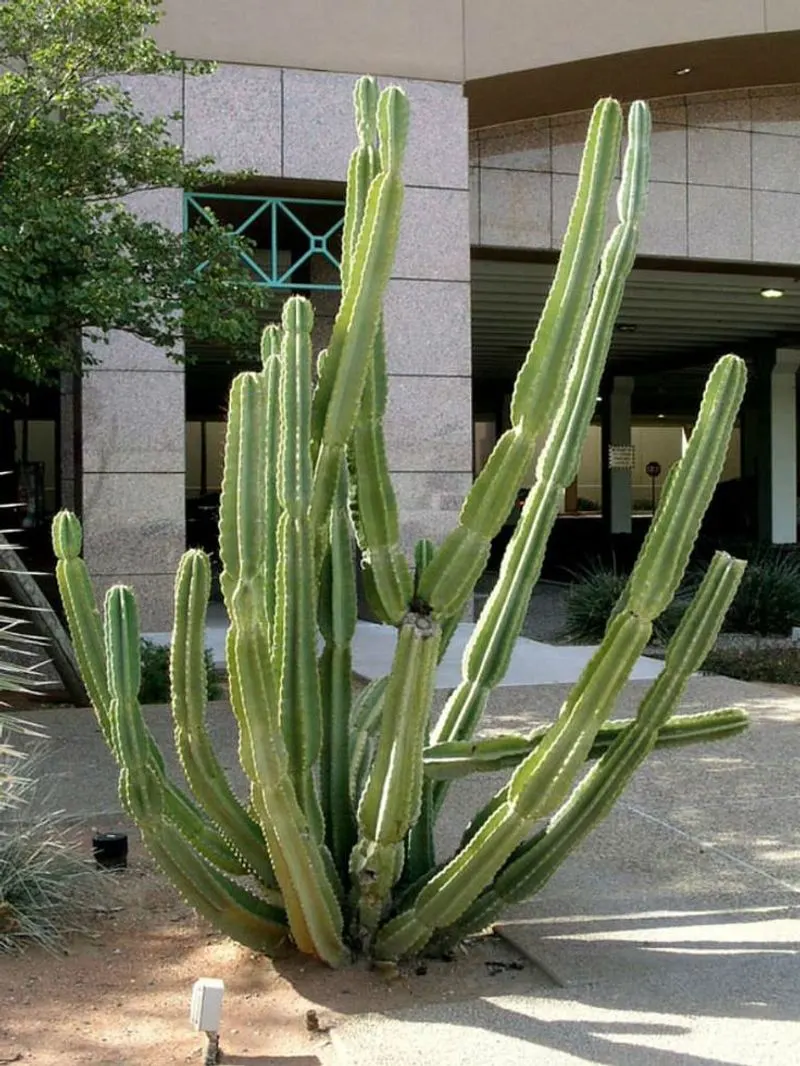
Cereus, a type of cactus, surprises many with its night-blooming flowers. These large, white blossoms open just once, filling the air with a rich, sweet scent. Adapted to desert life, it thrives in well-drained soil and requires minimal water. This plant’s dramatic blooms and unique growing habits make it a standout in any collection. Originating from the Americas, it embodies the beauty and mystery of desert ecosystems, captivating all who encounter it under the stars.

